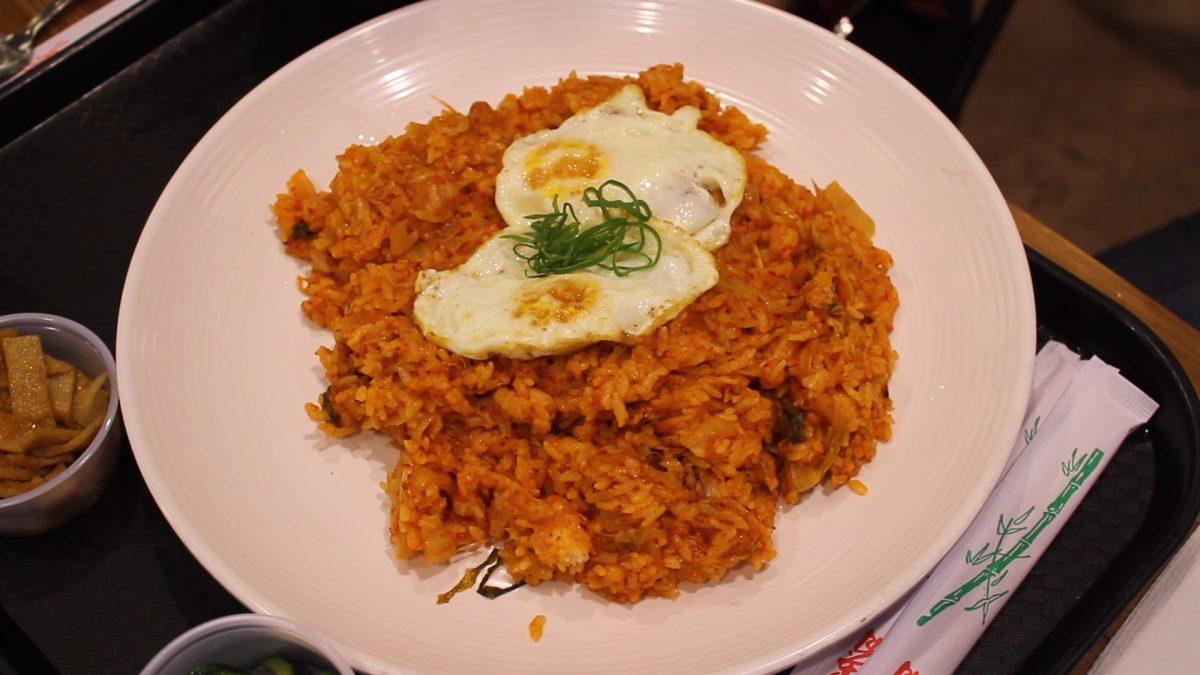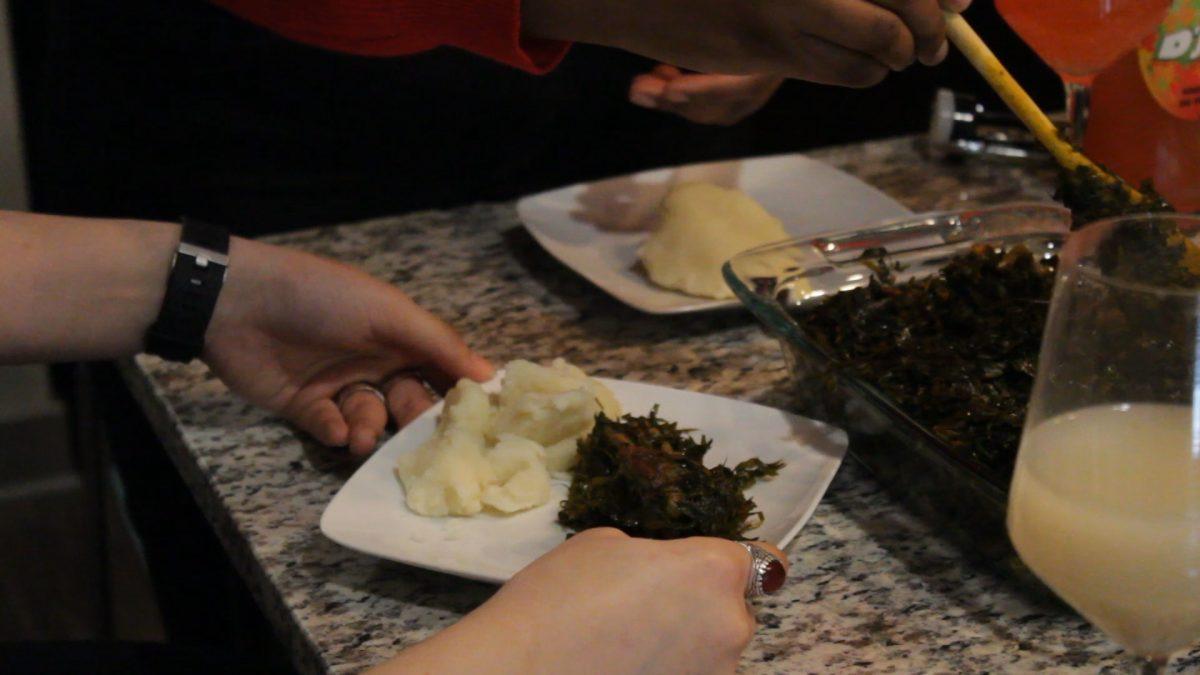Some of the most beloved foods in American cuisine are simple but interesting and unique. A combination of fruit puree and peanut paste between slices of bread makes a delicious staple in millions of kids’ lunchboxes. Breaded pieces of chicken soaked in hot oil are essentials at family picnics and cookouts. A sinfully tangy but sweet tomato and vinegar sauce is put on all things including burgers, fries, eggs and even rice.
Over-the-top descriptions aside, my fellow Chew Crew member Chiamaka Mgboji and I tried the famous peanut butter jelly sandwich, fried chicken and ketchup. Although these foods are extremely common and well-known, their backstories are fascinating.
The recipe for peanut butter and jelly sandwiches isn’t very old, but its components all have varying origins. Grape jelly was originally a Concord grape puree known as “Grapelade” and was created by Paul Welsh in 1917. Peanut butter was introduced in the 1800s and was considered an upscale food served in New York City tea rooms. However, the PB&J sandwich recipe as we know it today was published in The Boston Cooking School Magazine of Culinary Science and Domestic Economics by Julia Davis Chandler in 1901. The sandwich became very popular during World War II as a ration for soldiers because of the ease in preparation and consumption.
Fried chicken has been around since 4th century Rome, but the first-ever “American” fried chicken wasn’t created until the mid-1700s when a British cookbook, The Art of Cookery Made Plain and Easy, published a recipe for it. By the time it spread to America, the recipe had been influenced by Scottish and West African cuisine, in which Scottish frying techniques and West African seasonings were used. It was — and still is — a very common and beloved dish in the South.
Ketchup is a centuries-old Chinese recipe. Derived from the Hokkien Chinese word “ke-tsiap”, it was originally a fermented fish sauce. The British discovered it in the 17th century and tried to make their own version using oysters, walnuts and anchovies. It looked nothing like ketchup today and was then a dark, thin sauce put on almost everything. It wasn’t until 1812 when American scientist James Mease created the first recipe for ketchup using tomatoes. In 1876, Henry J. Heinz took up the recipe and added more sugar and vinegar to let the sauce preserve longer, which was the basis for the recipe for ketchup that is known worldwide today.
First, we tried the PB&J sandwich. It took a while before we could master the perfect ratio of jelly and peanut butter; the jelly had to be mixed in the jar to make it easy to spread, and the peanut butter was thick and dense and took a while to spread all over the bread slice. I didn’t imagine a fruit and nut combination to be particularly yummy, but it was an interesting mixture of tastes. The nuttiness of the peanut butter mixed with the sweet fruity taste of the grape jelly made for a delicious combination in the sandwich.
I was particularly excited to try fried chicken because I love meat and anything fried. We tried Kentucky Fried Chicken’s version of the dish because one particular franchise nearby served halal meat. The fried chicken looked extremely crispy, spicy and greasy. After one bite, I instantly knew why it was such a favorite among people. A tantalizing combination of crispy chicken and peppery spice, my mouth was flooded with delicious fried goodness.
Amaka and I also wanted to find out why ketchup was so popular. We poured a bit of ketchup on a spoon and tried it by itself. I could definitely taste the vinegar and sugar together, but it was a nice duo and made for a delicious sauce. I’m not sure I would eat it by itself very often, which was why we decided to try the sauce with the leftover fried chicken and PB&J sandwiches. It tasted incredible with the fried chicken, but I’m not sure I could say the same for the PB&J sandwich. Of course, it should have been fine seeing as ketchup is made from tomatoes — which are fruits — but the extreme sourness of the ketchup did not blend well with the sweetness of the peanut butter and jelly.
It’s weird that some of the foods people eat almost daily have an extensive backstory. Many of these foods didn’t even come from America, but their recipes were modified here. They’re such huge parts of world culture that we don’t even think about where they’re from or what their histories are.











